Most conversations about EVs pretty soon turn towards battery technology and charging times, but the electric motors that actually drive an EV rarely catch the limelight. That’s a shame, because the beating heart of a car, the engine, has traditionally been something drivers get excited about, so why should electric motors be any different?
An EV’s electric machine (to use the motor’s proper name – it works as a generator as well) is just as important as the battery in achieving the best possible range. Range directly relates to one crucial characteristic of electric motors: their phenomenal efficiency (ie how good they are at converting electrical energy into mechanical energy). Even the best combustion engines don’t do a great job in converting the energy in the fuel into torque, with only around one third of the fuel you put in the tank contributing to actually getting you down the road. Ouch. In contrast, a sophisticated EV’s electric machine can be more than 90% efficient.
The three main types of electric machine used for EVs are brushless asynchronous induction (Tesla Model S), brushed externally excited synchronous (Renault Zoe) and, by far the most common, brushless permanent magnet synchronous (Nissan Leaf, Tesla Model 3).
Permanent magnet and induction machines are mechanically similar. They both have a stator (static – it doesn’t move) consisting of electromagnetic coils arranged in a cylinder, and a rotor (it rotates) at the centre. In a permanent magnet machine, the rotor consists of powerful Neodymium ‘super’ magnets. When the stator’s electromagnets are switched on in sequence by a controller, a magnetic field rotates around the rotor like a merry-go-round. The rotor’s magnetic fields chase the moving fi eld at exactly the same – hence ‘synchronous’ – speed. The rotor turns.
In the other two types, both stator and rotor are made up of electromagnet coils and there are no permanent magnets. In the induction motor the merry-go-round stator fields ‘induce’ a current and magnetic field in the rotor windings by turning slightly faster (asynchronous) than the rotor turns. In the externally excited machine, the rotor coils are connected to a DC power source by a rotating electrical contact called a slip ring, to generate the magnetic field, so it works just like the permanent magnet machine.
Why one or the other? Induction machines are more suited to high power application which is why Tesla uses one in the Model S while the Model 3 gets a permanent magnet machine. Permanent magnet machines are easier to control, smaller, easier to cool (because the only windings are on the outside) and lighter, which makes them more suited to smaller cars. Turn the tables and spin either motor using the road wheels and they become generators (regenerative braking). So maybe there is more to these electric machines than meets the eye. And hot-rodders in 2050 may yet be huddling over a beer to argue which is better, induction or permanent magnet.
Power and control
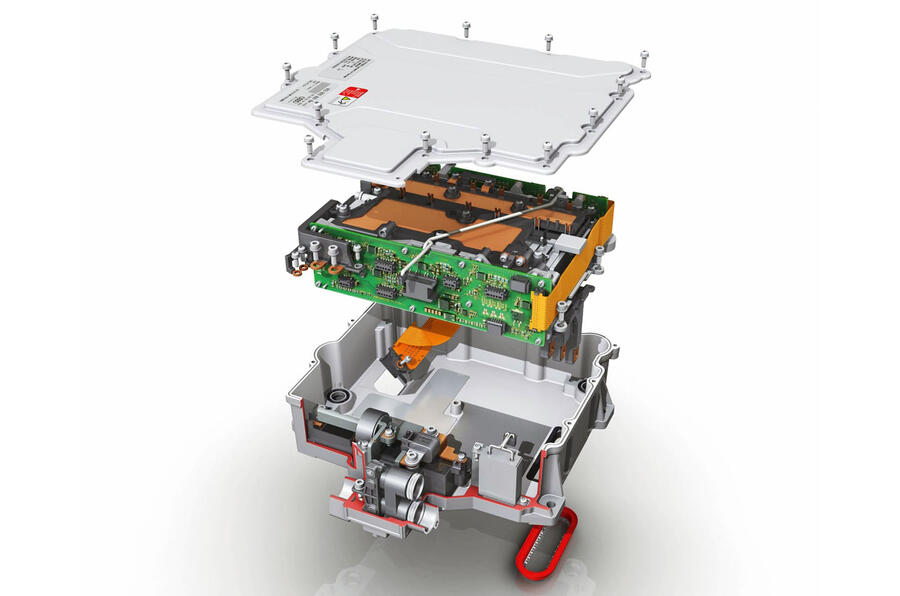
EV electric machines need some complex electronics to control them. These come in the form of a power electronics module (PEM), like this Audi one, and an inverter, which can be integral with the PEM or the motor itself. Inverters provide the interface between an alternating current electric machine and the direct current battery.
Read more
Behind the scenes of Britain's battery revolution​
Geometry A 2019 prototype review
Top 10 Best Electric Cars 2019

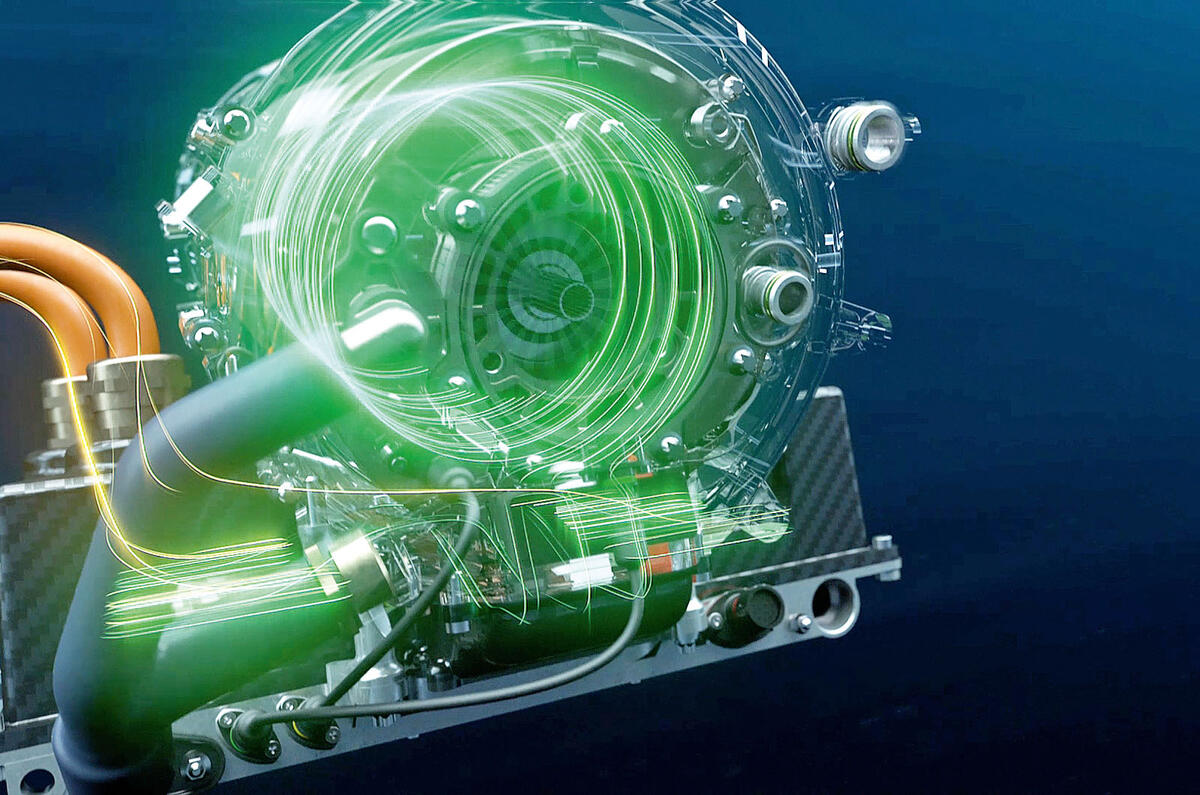
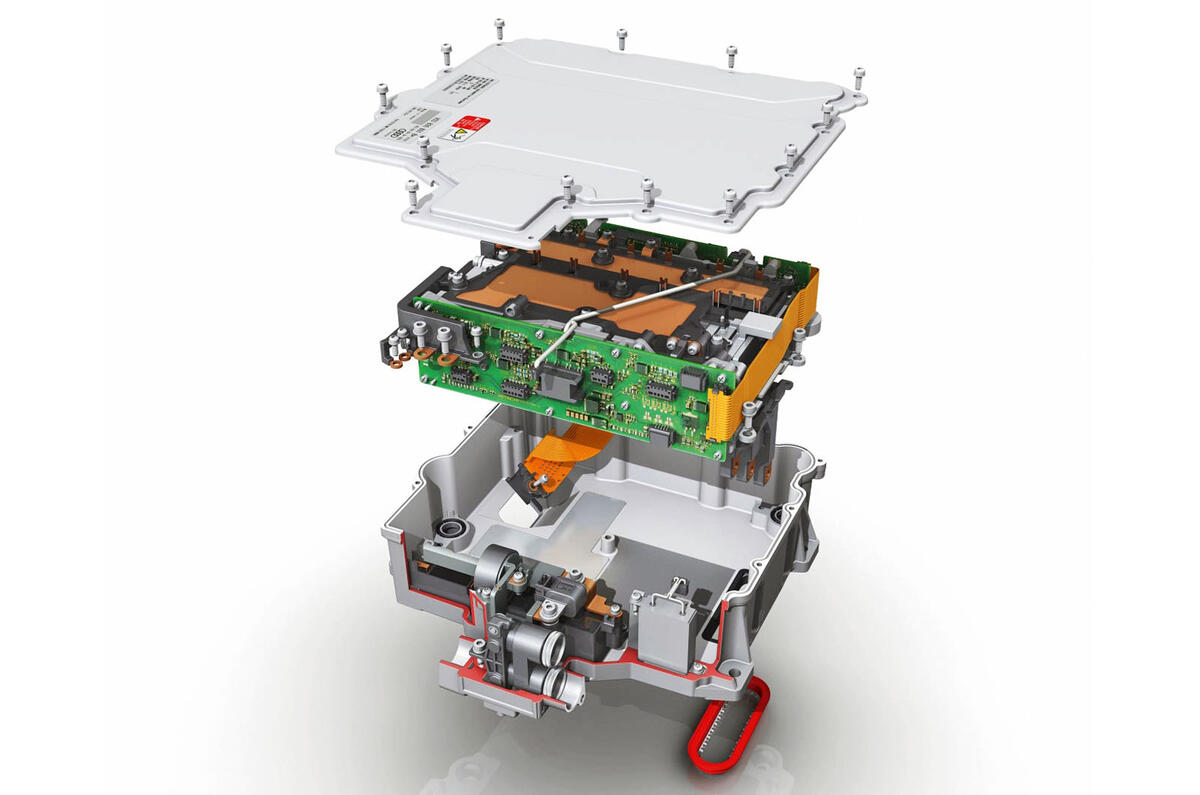
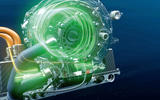
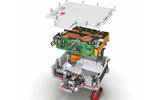


Join the debate
Add your comment
Noise?
i am also 55 - never had anything terribly exotic (the furthest I went was a caterham superlight - I do miss it a bit - and it sounded spectacularly good in tunnels!) but had an i3 for three years and my iPace is arriving in just over an hour’s time. I rather relish the lack of engine noise - nobody can hear you revving, so you don’t get unwanted attention. And at the lights all the cars around one with their engines running while not moving seem positively Neanderthal
Sounds
Never quite understand why people use the argument of noise to praise an ICE over a electric motor. V8's and V10 are quoted but at the end of the day 30% of people buy a diesel, 30% (at a guess) get a 1.2 or 1.0 3 pot and 27% get a 4 pot of 2.0 or less.
99% of time I prefer silence and I'm willing to give up that last 2% for a quieter life and 200+mpg
maths
Meant last 1%
Help Needed!
Disclaimer: I am 55yrs old and have been brought up on petrol engines and enjoy the sound and theatre of Lambo's, GT3's, GT4's etc. On the other hand I welcome the instant torque, acceleration and 'coolness' that is the electric drivetrain. Problem is the EV's leave me stone cold! Drove a P100D or whatever it's called here in Florida last year and aside from the instant acceleration from a standstill it was possibly the least involving driving experience one could imagine. I would rather ahve a Fiat Uno as a daily driver than a Tesla S, not because I 'hate' Tesla but because at least the Uno would energise me. Am I a Luddite to be left in the past or is there a solution?
You are not a Luddite, you
You are not a Luddite, you are like me in that its taken a while to get used to the new experience of noiseless travel.
My family has 2 electric vehicles and numerous ice cars and over the last two years I am just drawn to the newer technology cars.
My daughters love the sounds of the ice cars but strangely my eldest son has now converted to the Tesla and will not drive anything else as he finds them too noisy
Its a strange thing to get used to but you will eventually
Boris9119 wrote:
Thats like saying that because a Toyota Corolla is bland and boring to drive, then you dont like ICE cars. You cant drive one EV (one thats known for not being very involving to drive) and then say all EVs leave you cold based on that one experience. So the solution is to adopt some common sense.
typos1 wrote:
Exactly, just get a Pininfarina
I'm 60, and just about to
I'm 60, and just about to give my EV back on Wednesday after two and a half years (giving it back five months early). I won't have another one until they've sorted out the charging points - it's a joke. If you find a rapid charge point (not as many as you think!) then that's good. Then all you have to do is hope it is a working one (!) and that some idiot in a Corsa isn't parked in the bay. EVs won't take off properly until they sort out charging...which should be rapid ones, and in every service station.